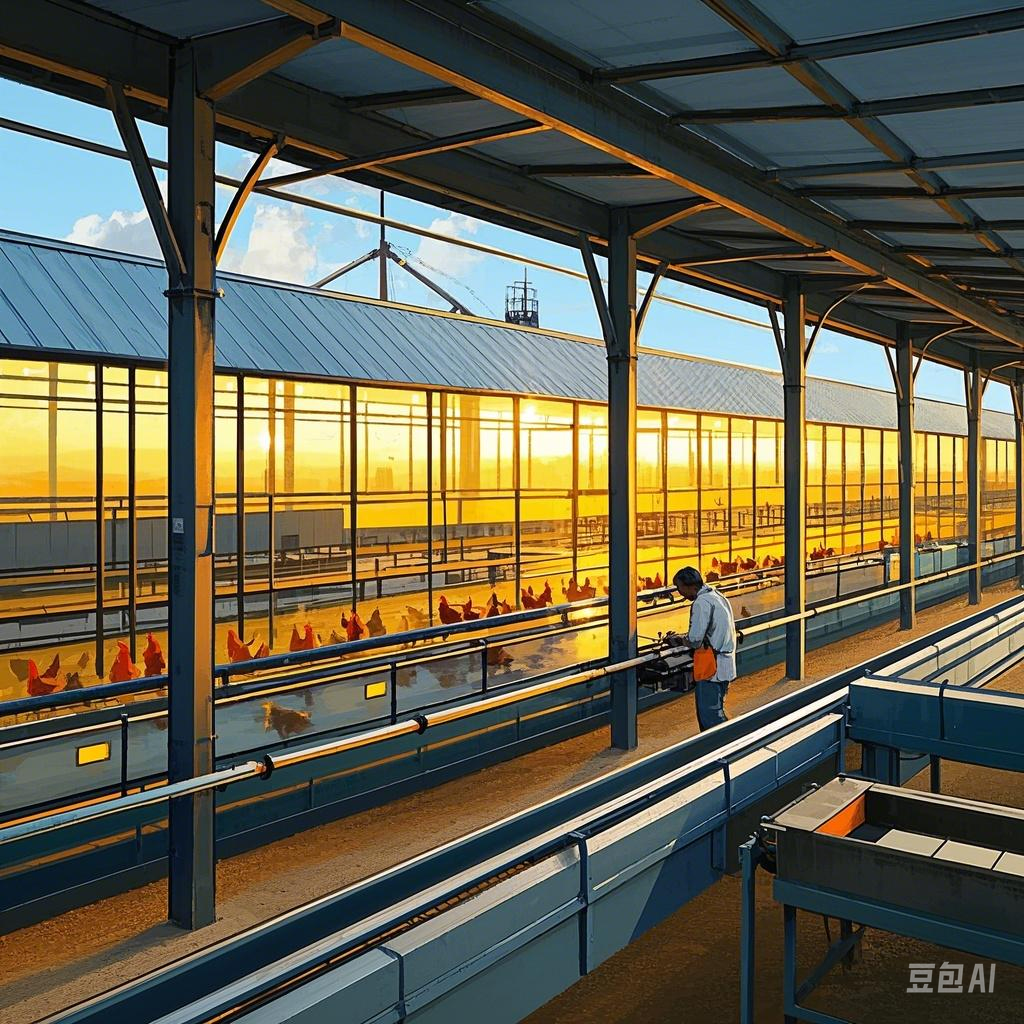In the ever - evolving poultry industry, steel structure poultry farms have emerged as a game - changing innovation. This blog delves into the key aspects of these farms, from their distinct advantages to crucial design elements, and how they drive the poultry sector forward.
Steel's inherent strength makes it a top choice for poultry farm construction. These structures stand up to fierce weather, including gale - force winds, torrential rain, and heavy snow. By providing a robust shelter, steel safeguards the well - being of poultry, minimizing risks of structural failure and potential economic losses.
Steel offers unparalleled flexibility. Farmers can tailor the size, layout, and ventilation systems of their poultry farms to match flock size, breed requirements, and management styles. This adaptability ensures that every farm is optimized for maximum productivity.
Compared to traditional building methods, steel structure poultry farms are erected at a much faster pace. The pre - fabricated nature of steel components streamlines transportation and on - site assembly, cutting down construction time and costs. As a result, farmers can commence operations sooner.
Maintaining a clean environment is non - negotiable in poultry farming to prevent disease spread. Steel's smooth surfaces simplify cleaning and disinfection. Additionally, well - designed ventilation and air - flow systems in steel structures reduce humidity and curtail the growth of harmful pathogens.
Proper ventilation is the cornerstone of a healthy poultry environment. Steel structures can be engineered with large windows, vents, and powerful fans. This setup efficiently expels ammonia, dust, and other pollutants, ensuring fresh air circulation and a healthier living space for the birds.
Steel structure poultry farms, with their numerous benefits, are not only enhancing productivity but also setting new standards for sustainability and animal welfare in the poultry industry.
